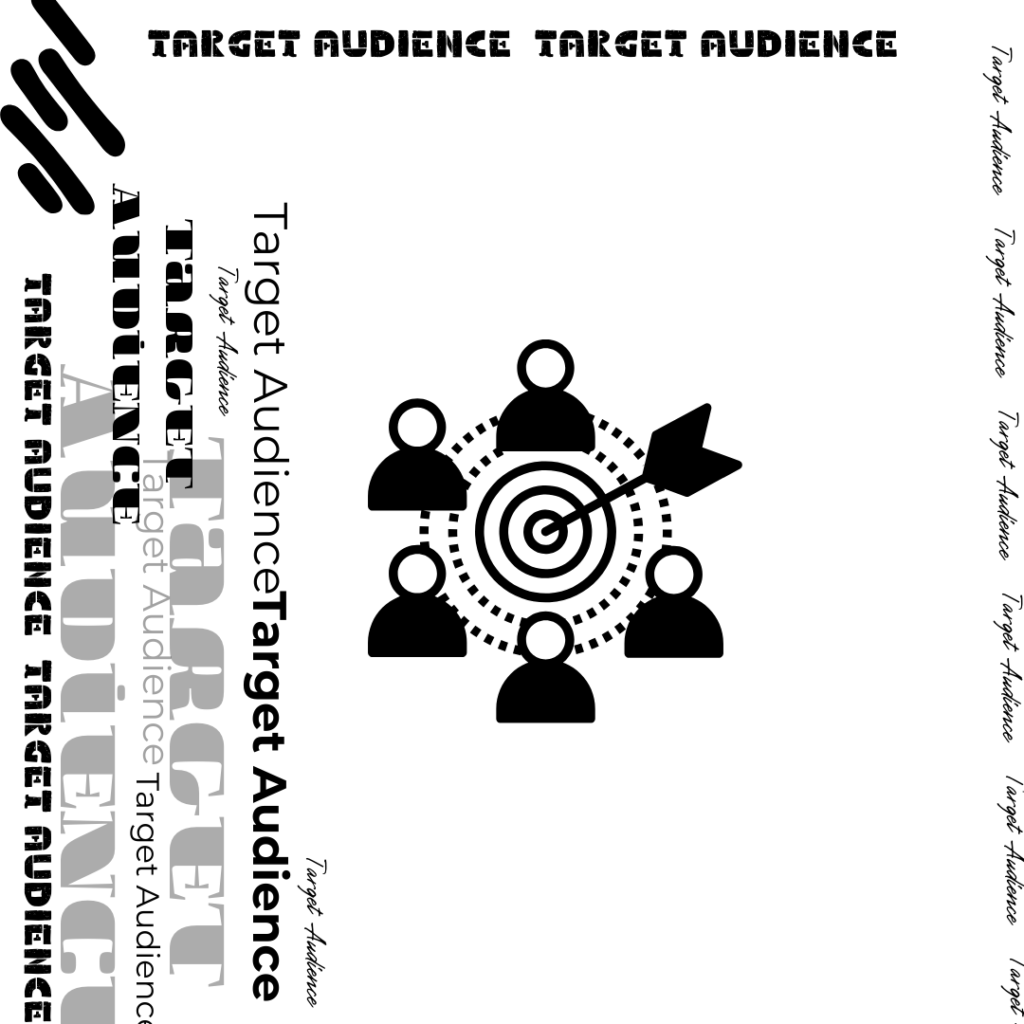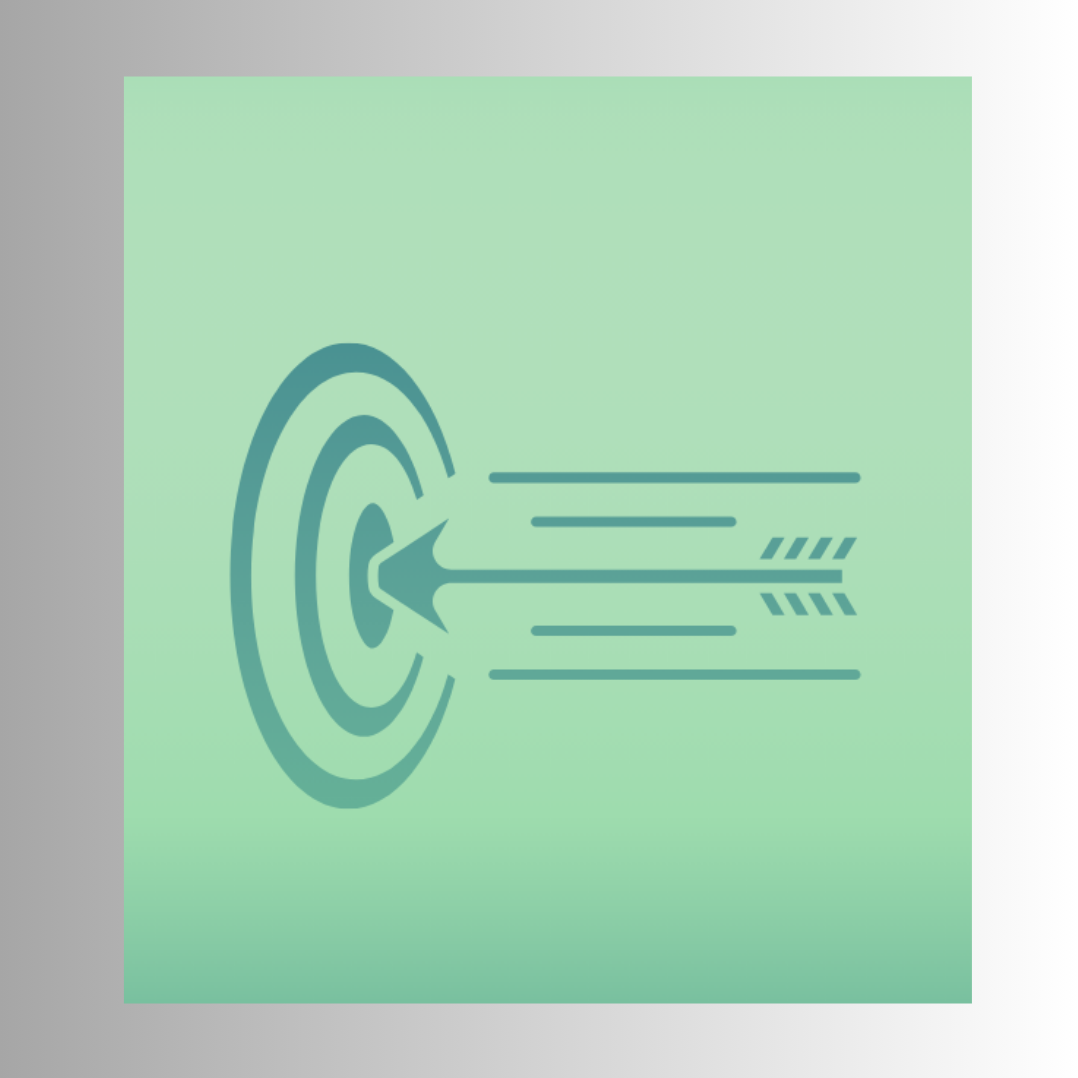
The Joy of Anticipation: Why Dopamine Comes From Waiting, Not Buying
You know that feeling when you click the buy button and instantly feel a buzz of excitement? The funny part is that the package has not even arrived yet. Sometimes the thrill fades once you open the box. The reason is dopamine. Our brains release dopamine during the anticipation of reward, not the reward itself. That is why waiting often feels sweeter than owning. And this truth has become one of the most powerful tools in marketing today.
Dopamine and the Science of Anticipation
Dopamine is often called the chemical of pleasure, but that is not the whole story. It is better understood as the chemical of motivation and anticipation. Dopamine fires when your brain predicts something good is coming. That means the high point is often the wait, not the payoff.
Neuroscientists have studied this in experiments with animals and humans. The brain releases more dopamine when a reward is uncertain or delayed. That is why gambling is addictive and why shipping notifications feel so satisfying. It is not the outcome that excites us most. It is the promise of the outcome.
When you look forward to a vacation, a concert, or even a meal at your favorite restaurant, the waiting period fills you with excitement. The actual event may be great, but the build-up is where dopamine does most of its work. The same applies to shopping.
How Marketers Harness Anticipation
Marketers have learned to design entire strategies around this principle. They know anticipation can keep customers hooked longer than the purchase itself.
Think about pre-orders. Video game companies, smartphone brands, and even book publishers use pre-launch campaigns to build hype. Customers commit money weeks or months in advance. What keeps them engaged is the constant flow of teasers, updates, and countdowns. The wait becomes part of the experience.
E-commerce platforms also use shipping updates to fuel anticipation. Every email or notification saying “your package is on the way” creates a small dopamine release. Instead of one moment of excitement at purchase, the customer experiences several. By the time the item arrives, the brand has already given multiple hits of satisfaction.
Streaming platforms sometimes release episodes weekly rather than dropping entire seasons. The wait between episodes keeps people engaged. Anticipation stretches the experience and makes it more memorable.
Why Anticipation Feels Better Than the Reward
It may seem strange that the waiting is better than the having. But psychology makes sense of it. Once we own something, novelty fades quickly. The brain adapts and the dopamine drops. This is called hedonic adaptation. We get used to the reward, and it stops giving the same thrill.
Anticipation, on the other hand, keeps us in a state of possibility. Anything could happen, and the brain stays active imagining outcomes. That open-ended energy is exciting. It makes the future feel bright, even if the reality turns out more ordinary.
That is why people often feel a “post-purchase dip.” The excitement was tied to the journey, not the destination. Smart marketers know this and create follow-up engagement even after delivery to keep the emotional connection alive.
The Ethics of Selling Anticipation
There is no doubt anticipation is powerful, but it also raises ethical questions. Is it fair to keep people hooked on the waiting game? When brands deliver real value, anticipation adds joy to the process. When they overhype and underdeliver, it leads to disappointment.
Transparency matters. Customers can enjoy anticipation when they trust the brand. They want to be excited, but they also want honesty. Fake scarcity, endless delays, or exaggerated promises may break trust. In contrast, authentic anticipation strengthens the bond. A brand that delivers on its promise creates a cycle of loyalty. Customers look forward to the next product, not just because of the product itself, but because they trust the anticipation will feel good again.
Conclusion: Marketing the Wait, Not Just the Buy
The joy of anticipation shows us something fundamental. People do not chase products. They chase the feeling of looking forward to them. Dopamine makes the journey more rewarding than the arrival. That is why marketing strategies built around anticipation are so effective.
From pre-orders to shipping updates, from teasers to countdowns, brands stretch the window of excitement. They do not sell only the item. They sell the wait, the dream, the possibility. And if they deliver with honesty and care, they turn anticipation into long-term loyalty.
In the end, the smartest marketers understand this simple truth. The real product is not just what you put in the customer’s hands. It is what you make them feel before it arrives.
